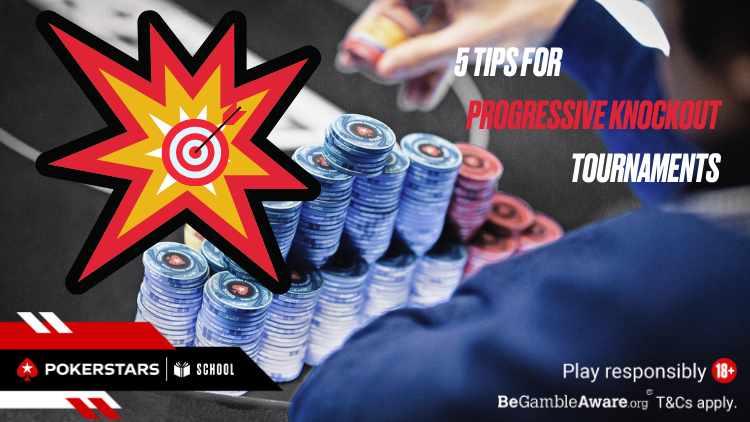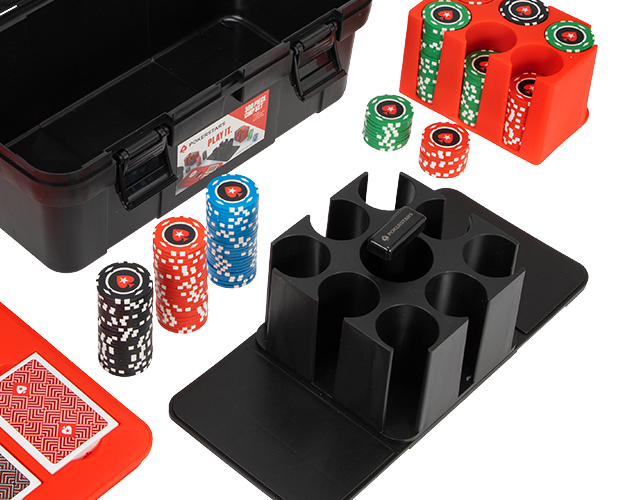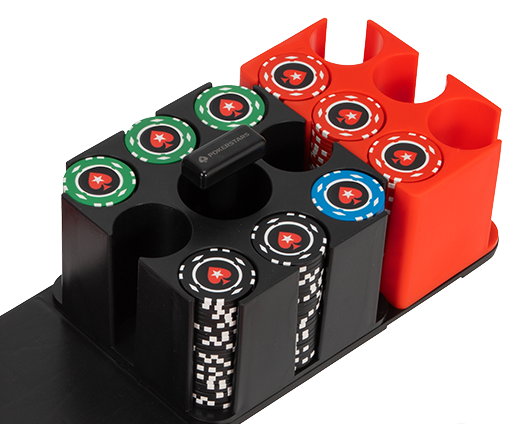Progressive Knockout tournaments–commonly referred to as PKOs–are growing in popularity all the time due to their action-packed style and potential for quick returns.
But with bounties up for grabs and money to be made long before the bubble, the strategy for PKO tournaments changes drastically to regular MTTs.
So, how should you adjust your play for PKOs?
That’s one thing PokerStars School is looking at in this update.
THIS WEEK:
- Five tips for Progressive Knockout tournaments
- Applying and avoiding pressure when deep
- Dealing with light C-bettors
- More from PokerStars School
Five tips for Progressive Knockout tournaments
A Progressive KO (Knockout) tournament is one in which half of your buy-in goes to the overall prize pool to be paid out like a normal tournament, while the other half constitutes your bounty.
The progressive element comes in because when you eliminate another player, you only get half of their bounty in winnings. The other half attaches to your own bounty, meaning that: the more players you eliminate, the bigger a target you become.
From early survival to big-stack bullying, check out:
Five tips for Progressive Knockout tournaments.
Applying and avoiding pressure when deep-stacked


There’s nothing better than having a big stack and a strong hand. All you have to do is think about how to get your opponent to shovel in as much money as possible.
It’s nasty when you’re on the other side of it though and you can sense another big stack is trying to take it all from you.
“The best way to explain how stack depth affects the amount of pressure your range wants to apply or avoid is by looking at two very different board textures,” writes Pete Clarke.
Check out Applying and avoiding pressure when deep-stacked here.
Dealing with light C-bettors


“C-betting too much is an easy crime to commit. While on some boards, it is perfectly fine to bet just about anything as the pre-flop raiser, on others it is necessary to slow down and build a checking range,” writes Clarke.
“Even if the flop is suitable for betting all of your range, defending that wide c-betting range to a check/raise is another challenge altogether. Today we are going to look at just how easy it is to fold too often to check/raises in spots where people c-bet just about any hand.”
Learn more in Dealing with light C-bettors.
More from PokerStars School:
- How to re-evaluate your hand strength post-flop
- 6 reasons to play Zoom over regular cash games
- 8 tips that might help you survive a bad run in poker
- 4 tips that might help with tournament survival when card-dead
- When should you play poker passively?
- When to ignore poker theory
- How to satellite into high stakes tournaments
- 4 tips that may help you be more proactive in poker tournaments
- How to exploit overly aggressive players
- Top 3 misused poker phrases
- How to rewire your brain for poker
- How to play low boards in 3-bet pots
- When to set the trap in cash games
- 10 poker strategy ideas all beginners should know
- When to pull the trigger on big bluffs
- Four Beginner Tournament Mistakes to Avoid
- 4 bad reasons for playing a poker session


Try Poker DoJo today
Download the Poker Dojo app:
Poker Dojo is a fun, free app to help you learn to play poker and improve your game!
Choose from three exciting games: Grid Poker, Strongest Hand or All-in or Fold.
All training games include leader boards, so you can see how you rank among your fellow students.
Download the Poker Dojo app on Android and iOS.
All the latest promotions:
Discord:
Back to Top












